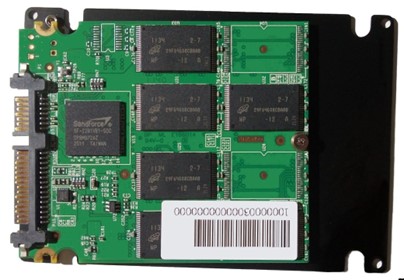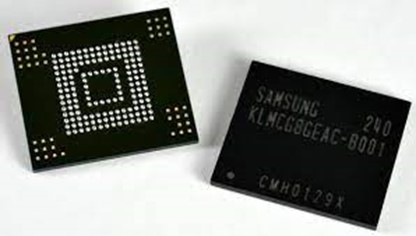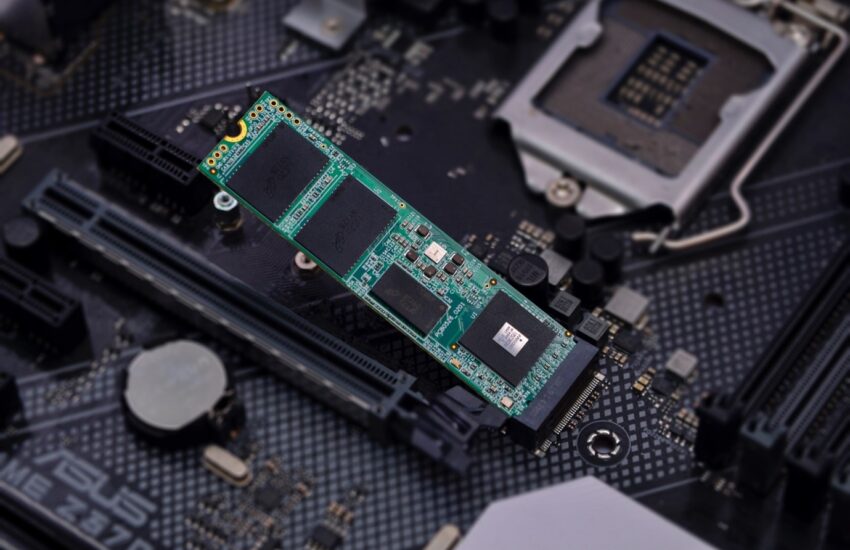eMMC and SSD – The Differences
Whether it be a Frontier supercomputer or a basic Nokia brick phone, all computing devices need some form of data storage. But, depending on different requirements, some devices may use one form of storage over another. Currently, eMMC and SSD storage systems are among the most common but they’re not mutually exchangeable.
Although they both provide reliable small-form factor storage, eMMC and SSD storage have distinct differences. To better understand how these two systems work and how they are applied in electronics, Innogrit News explains these differences and discusses which format is more applicable in the modern age.
Embedded Multimedia Cards
An embedded multimedia card (eMMC) is a non-volatile form of flash memory storage designed to be used in laptops, smartphones, tablets, and other compact computers. This is thanks to their relatively small size and the general affordability of producing an eMMC compared to a complete solid-state drive.
A potential downside to using eMMCs is that they are usually soldered onto a device’s motherboard. This makes it nearly impossible to replace an eMMC without completely replacing the device’s hardware. Nevertheless, an eMMC is composed of two parts:
- NAND Flash Memory Chip: The NAND chip provides the actual storage for a device.
- Controller: The controller manages incoming and outgoing data and can correct for errors to ensure the integrity and longevity of stored data.
Together, these two compact parts help to regulate and store data within a device.
Solid State Drives
Similar to eMMCs, solid state drives (SSD) also utilize NAND flash memory, however, they use an integrated system of circuits to store data for desktop computers, servers, and other larger devices. They are also commonly sold as removable components that can be easily replaced when needed. This makes SSDs a more flexible and versatile form of data storage.
SSDs are also faster than traditional hard drives and come without moving parts, allowing the drive to read and write data without consuming as much power. They are also more reliable and less likely to degrade with time or succumb to damage from knocks, vibrations, and bumps.

Comparing eMMC vs. SSD
In a side-by-side comparison, eMMCs are generally slower yet more affordable than SSDs. They are also smaller, making them a better fit for portable devices, although they may not hold as much data. SSDs, on the other hand, are more versatile, reliable, and can hold more data. They are, however, more expensive and cannot fit within a smaller device.
For this reason, SSDs are usually the preferred option for storing and processing large amounts of data, editing video content, and holding or managing a server. They can also be removed without destroying a device, making them an easily transportable form of data storage.
The Bottom Line
Solid state drives and embedded multimedia cards are both non-volatile and highly reliable forms of data storage, but they have unique differences that make them better suited to certain devices. The differences directly relate to affordability and usability but, when applied to the right computing system, they are both adequate and powerful storage systems.


